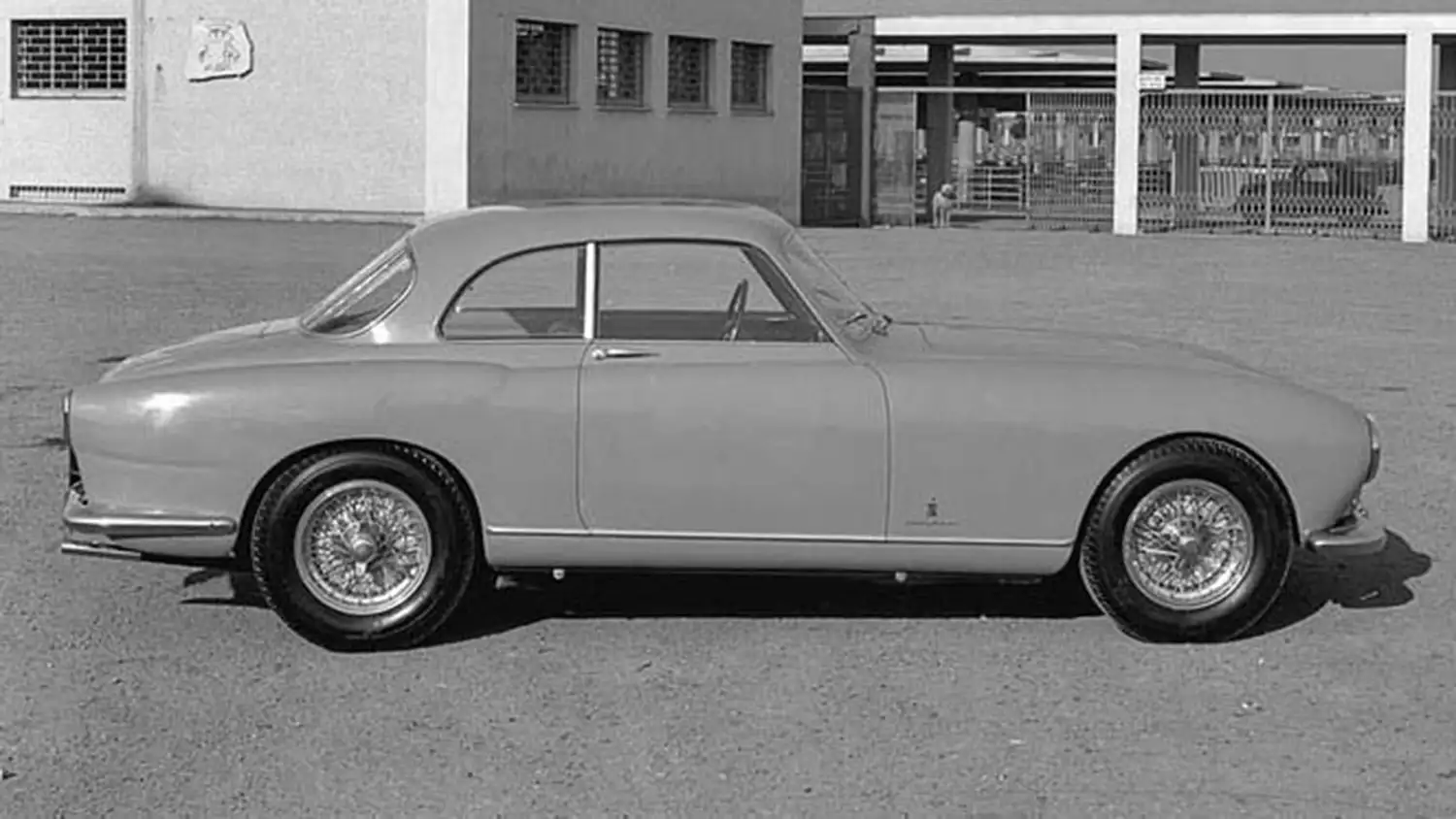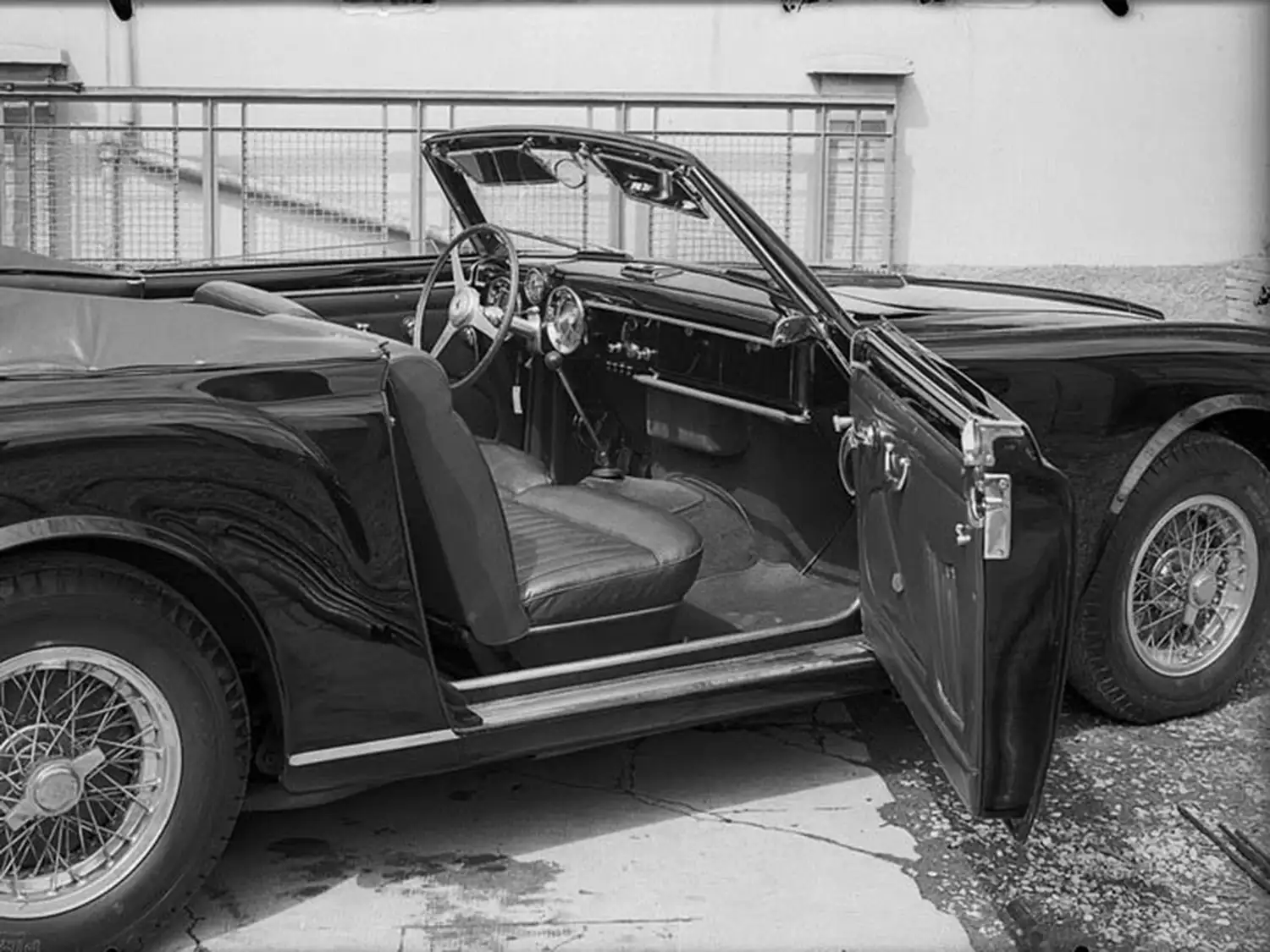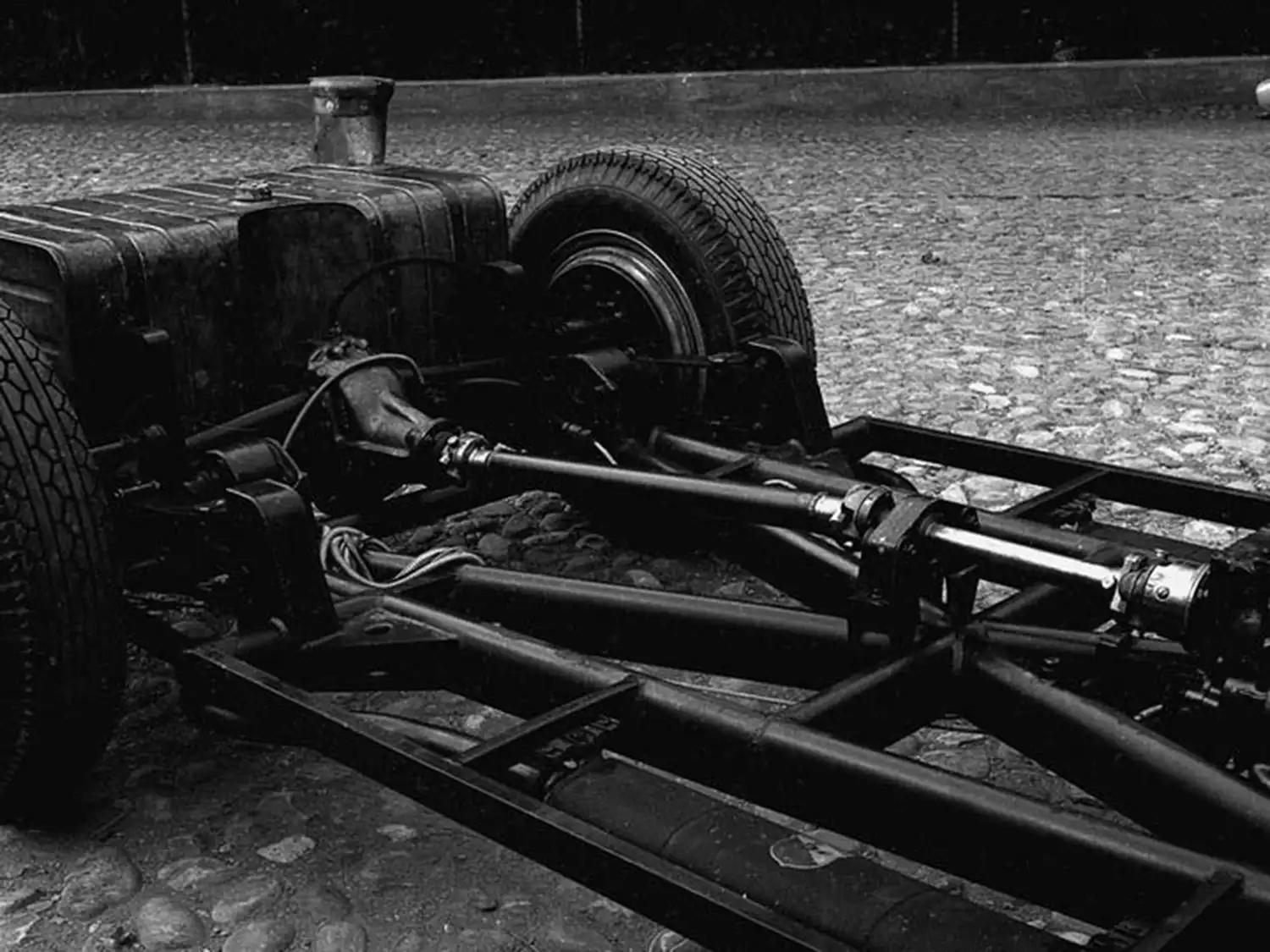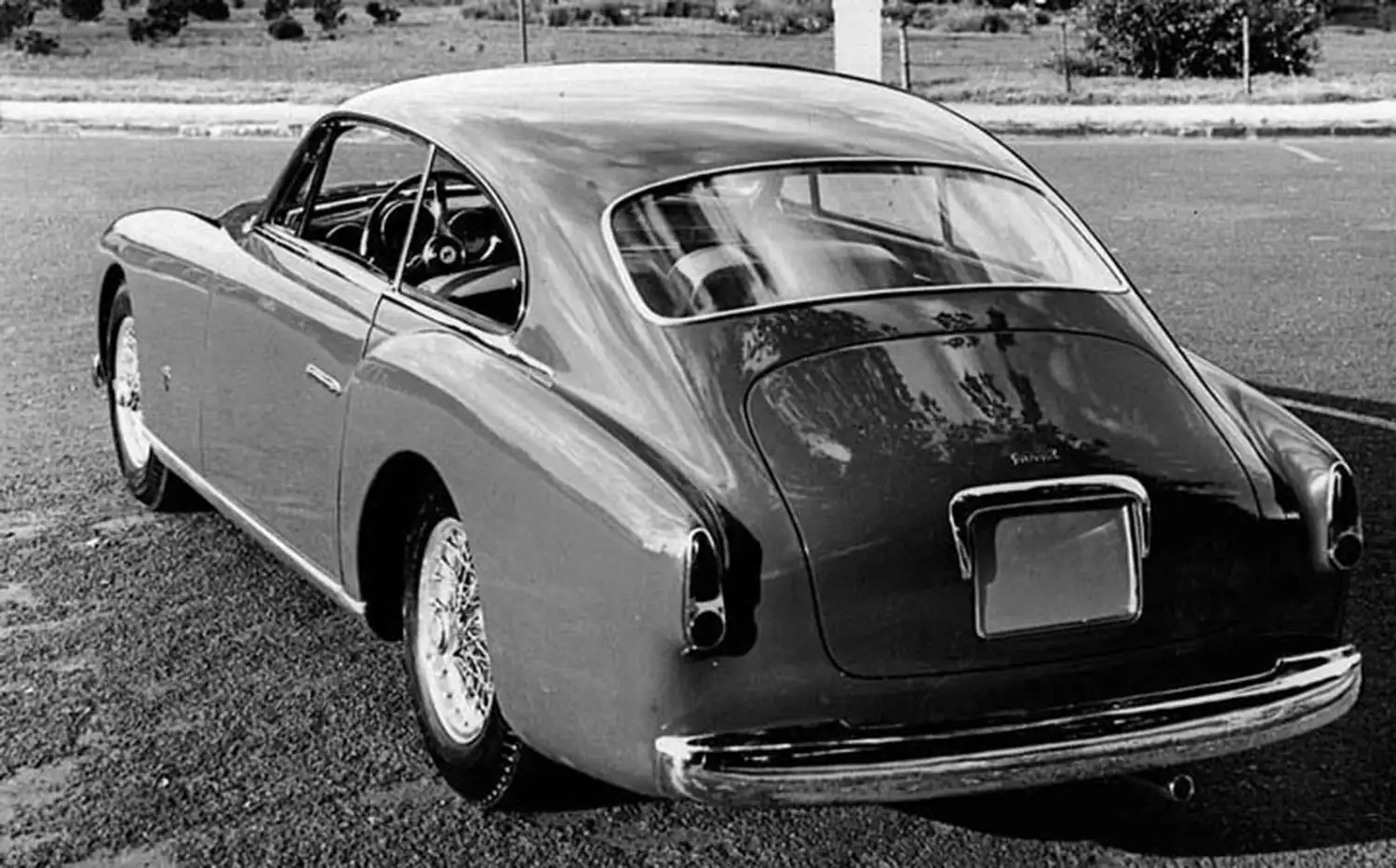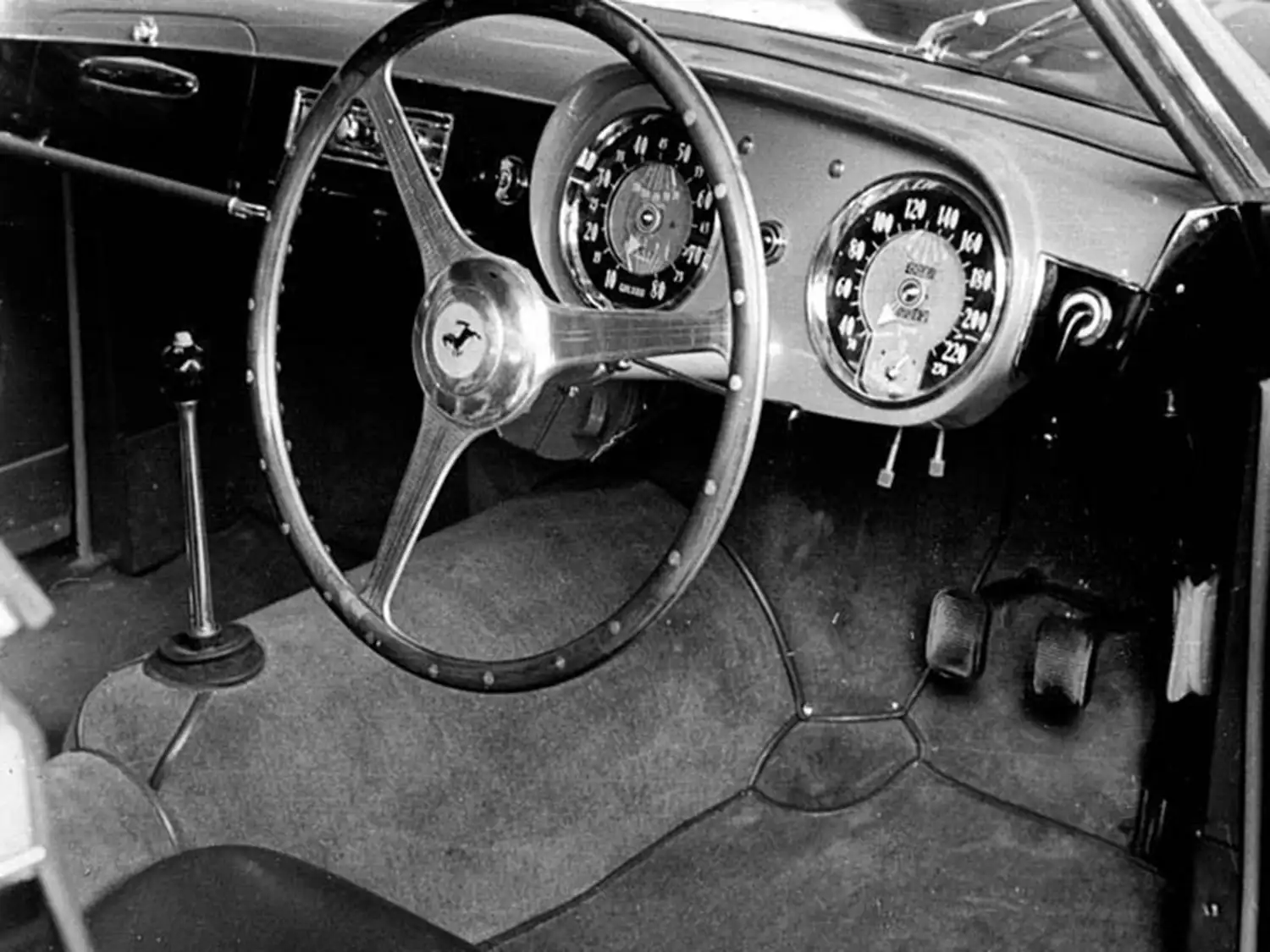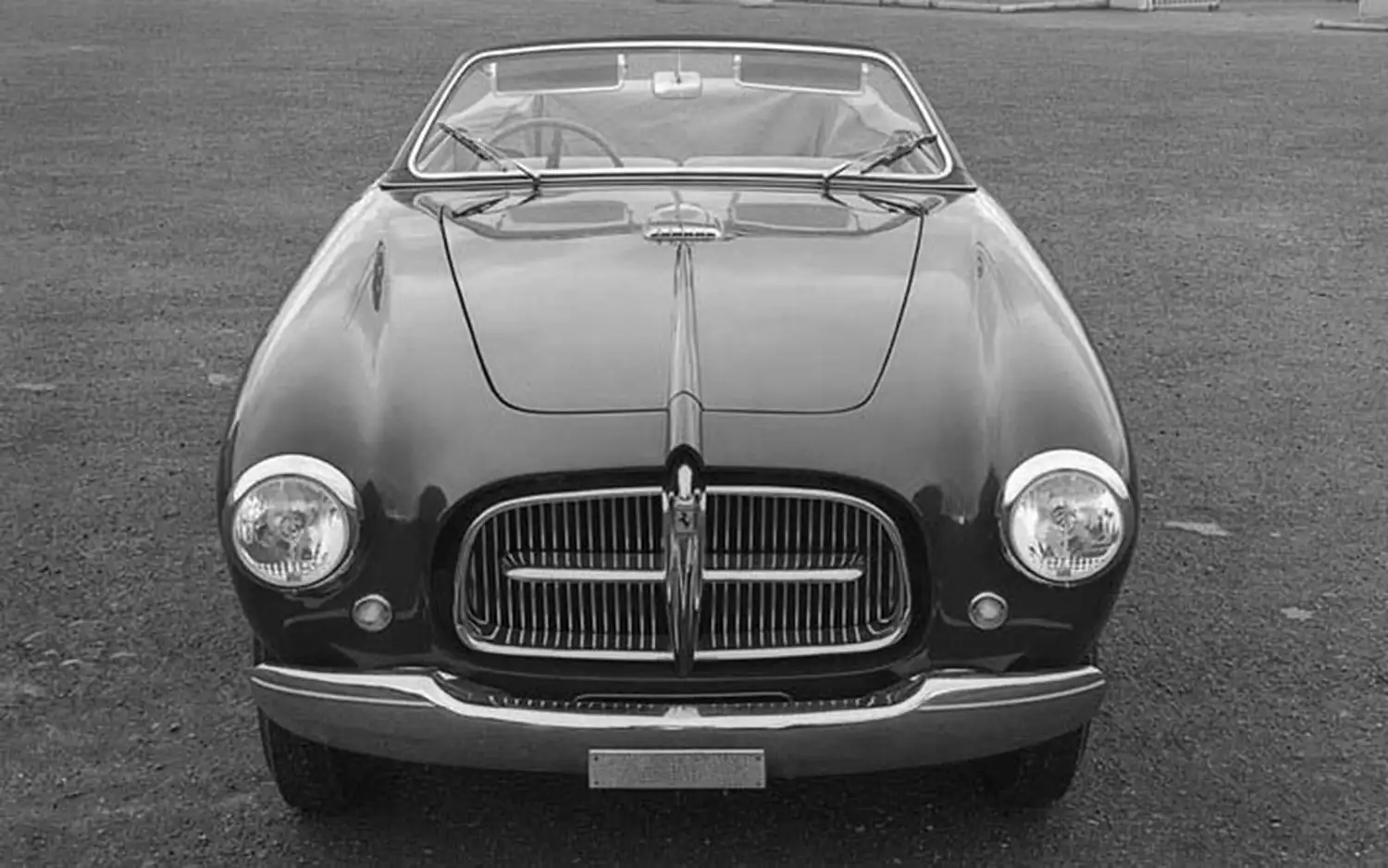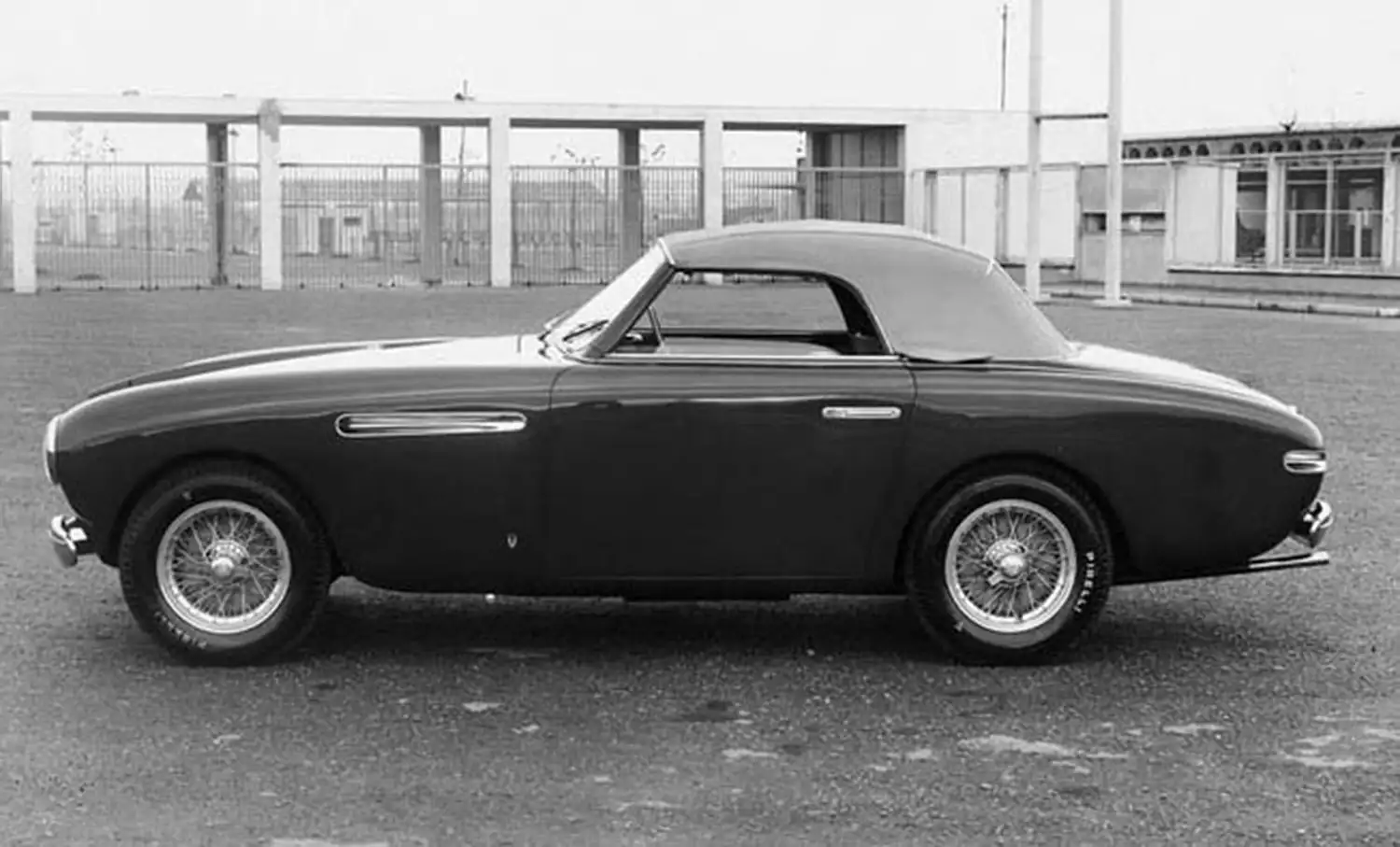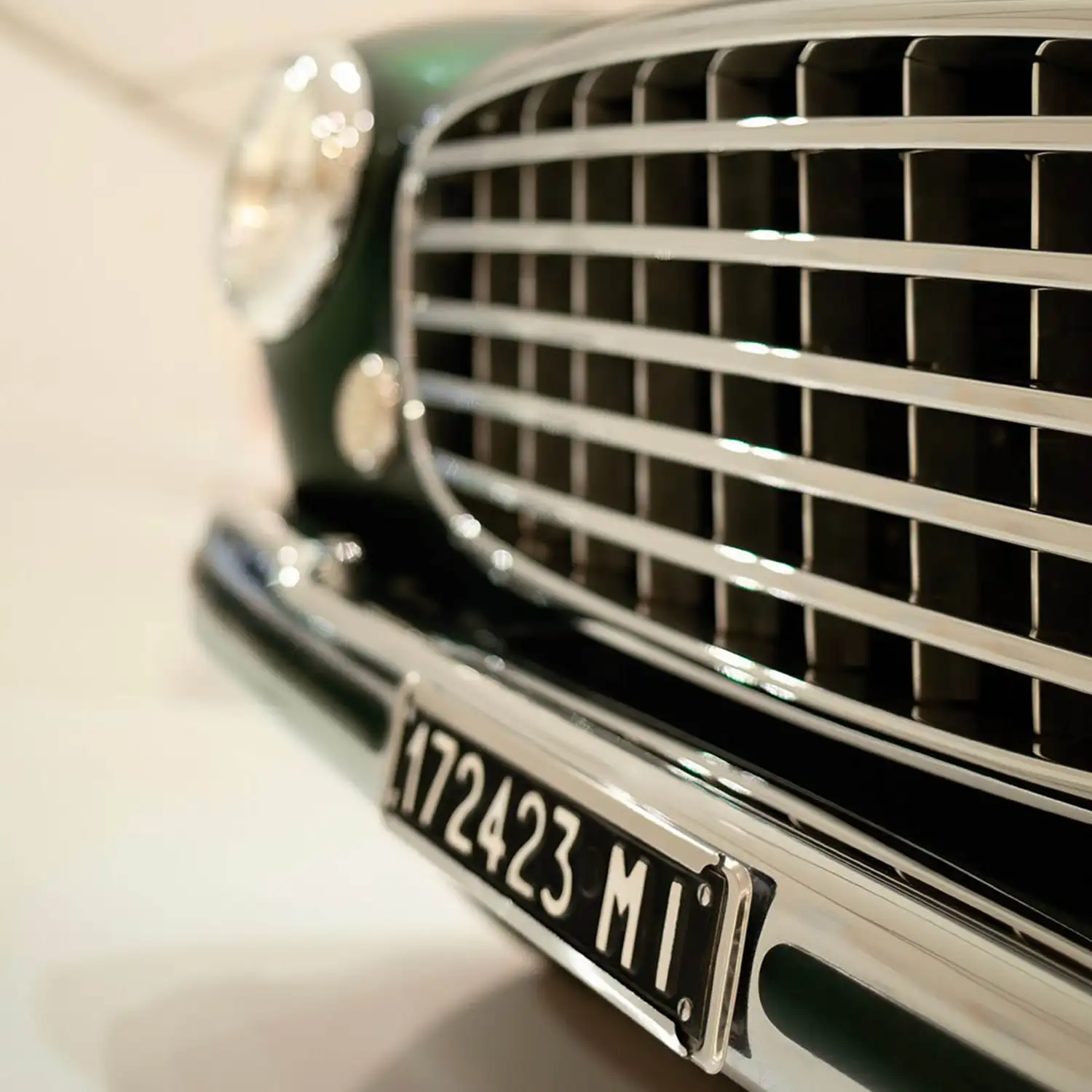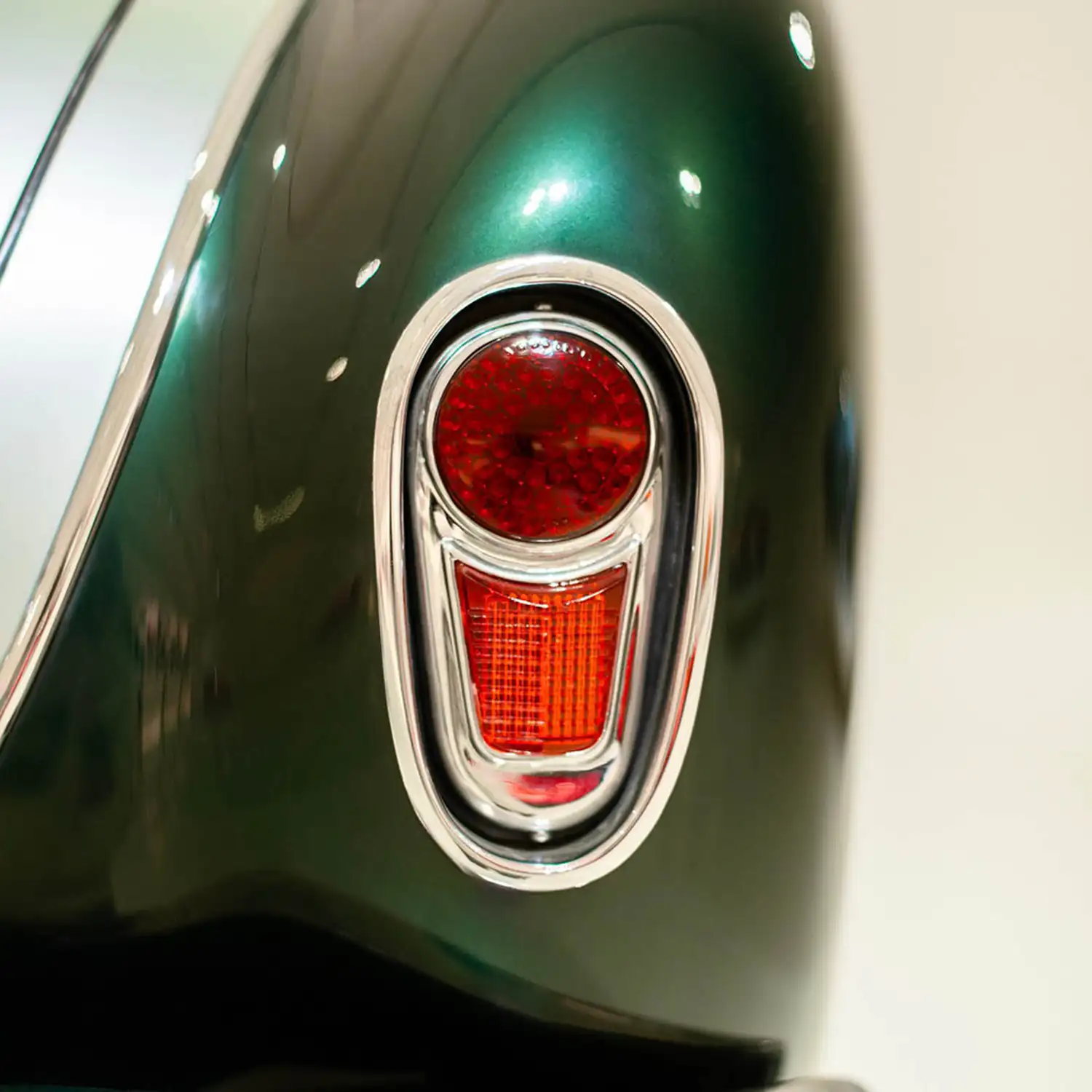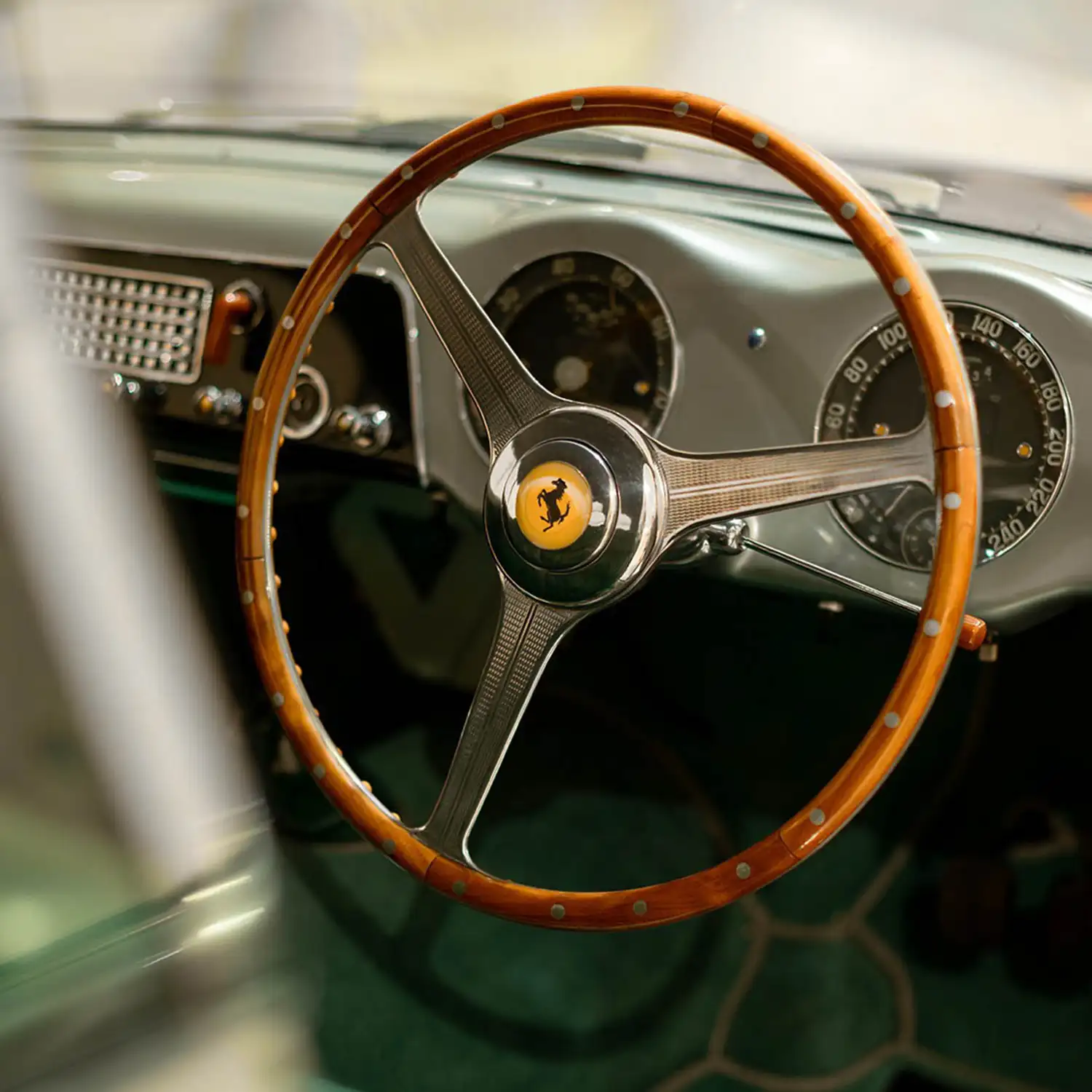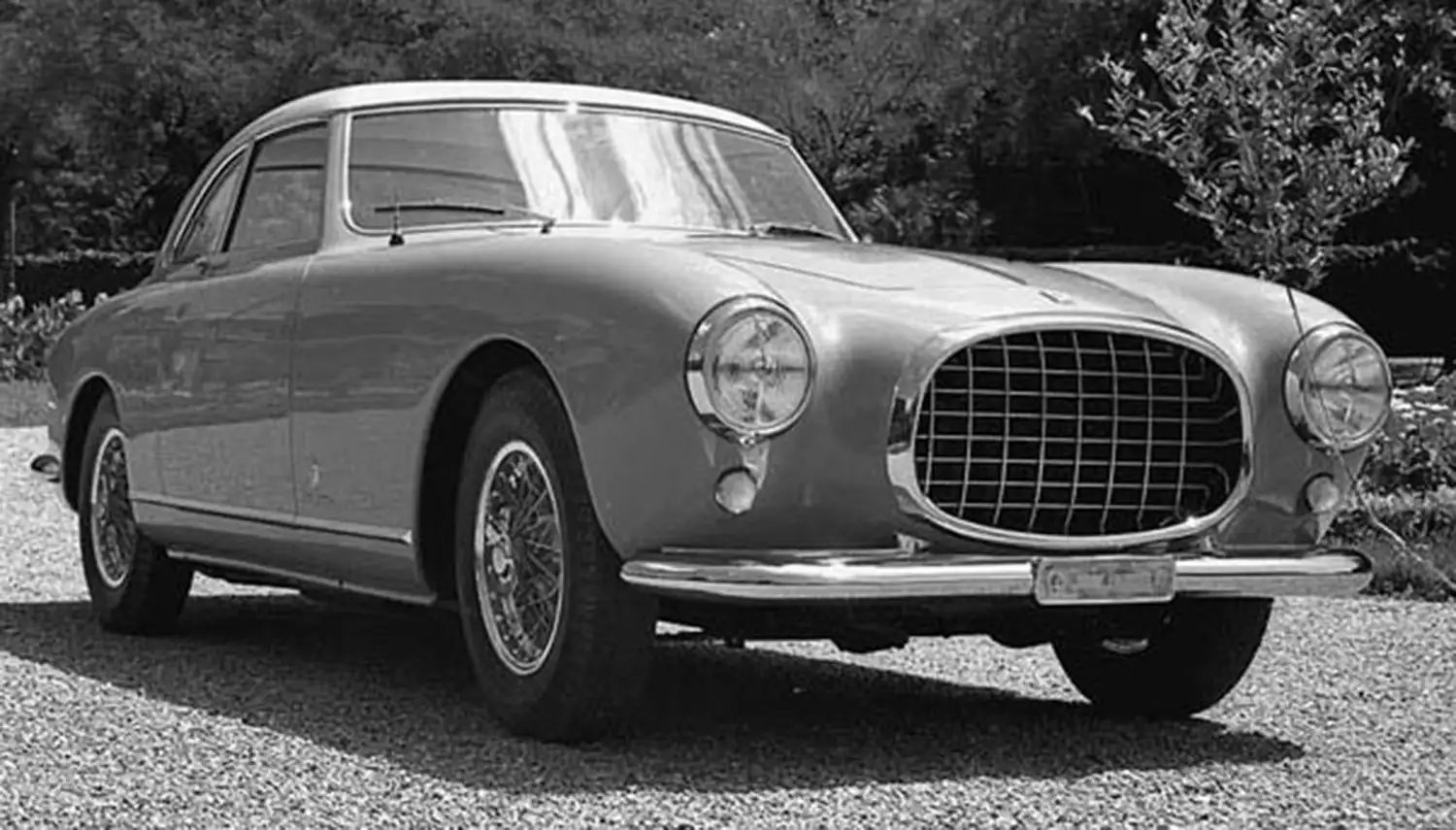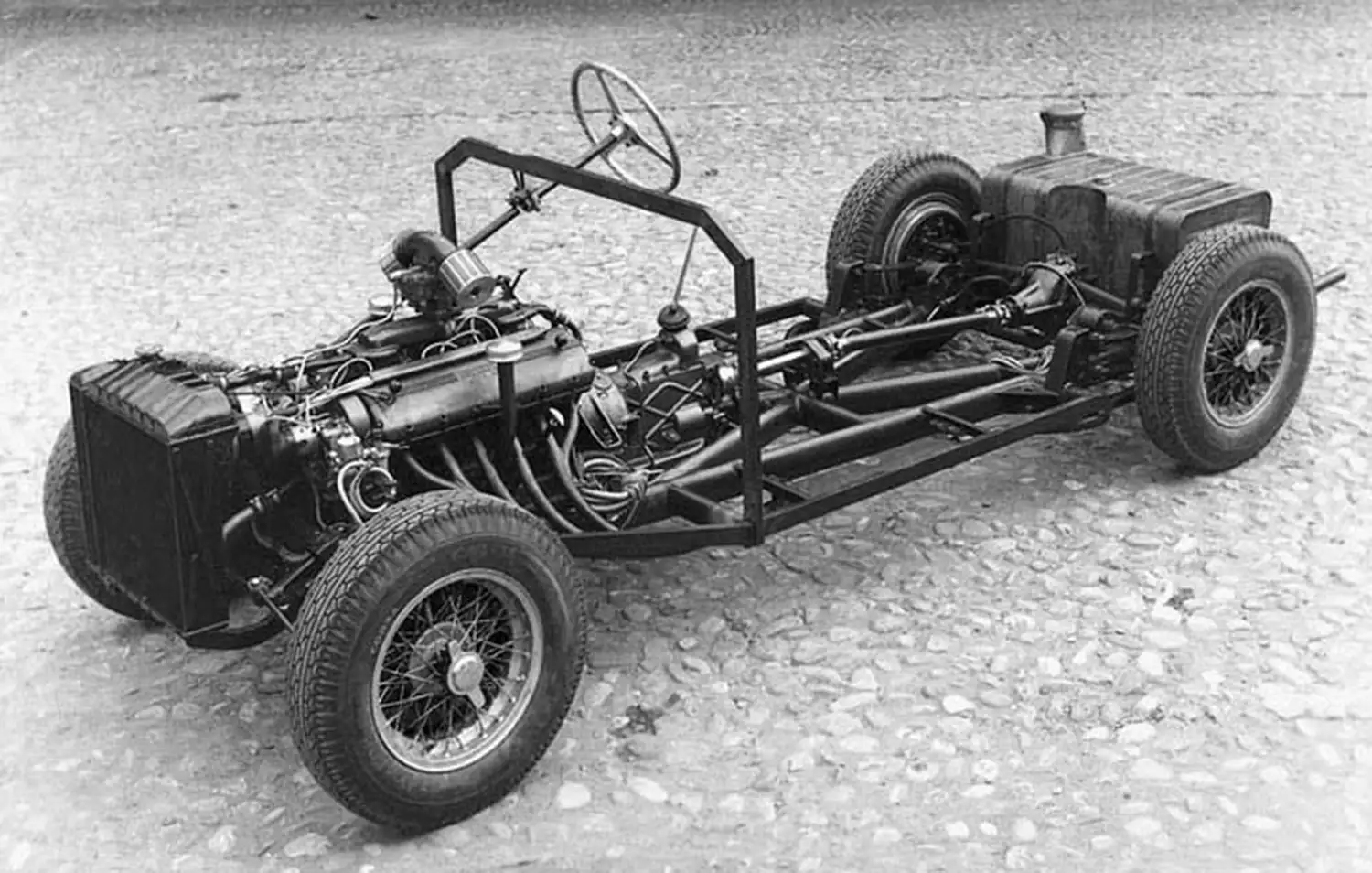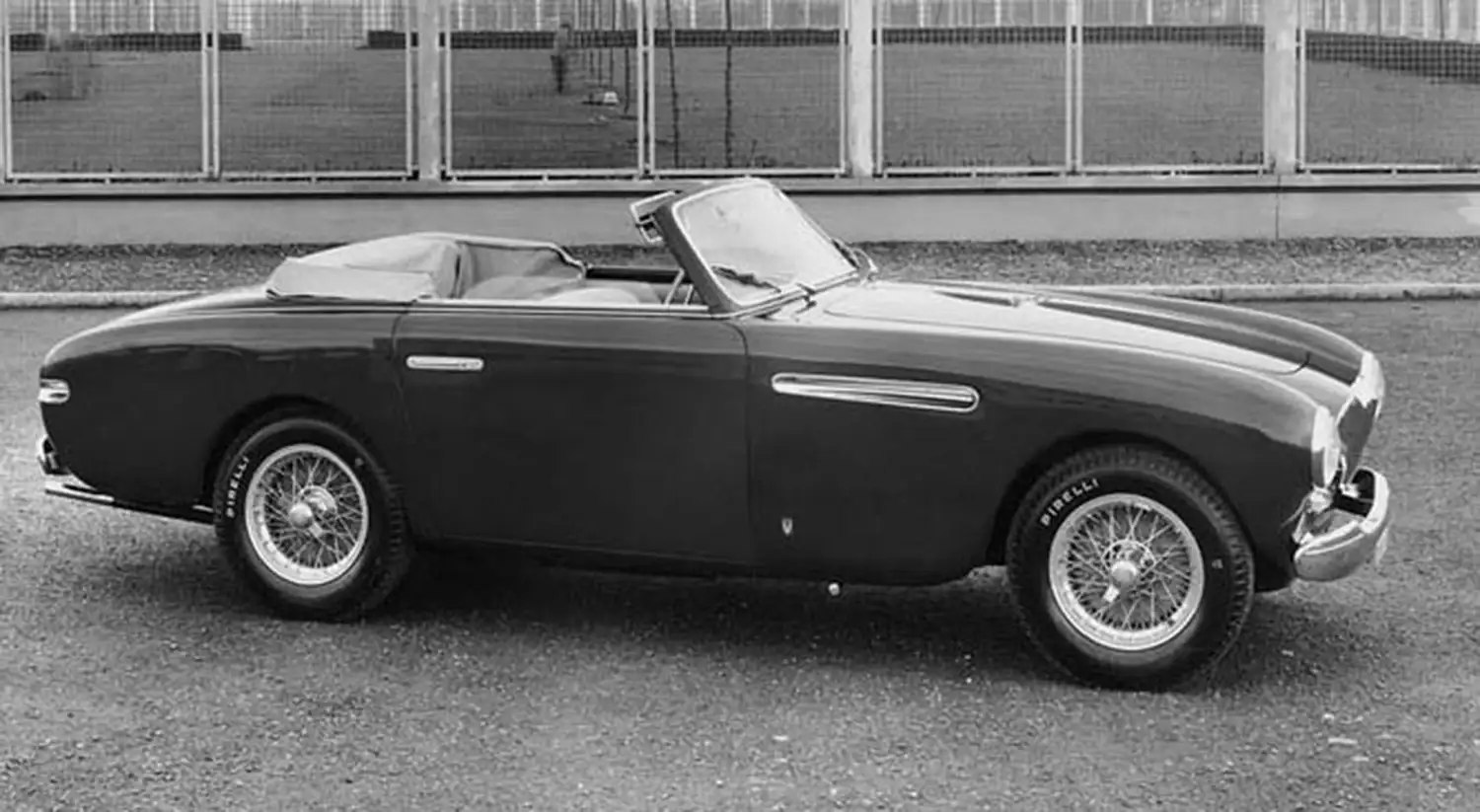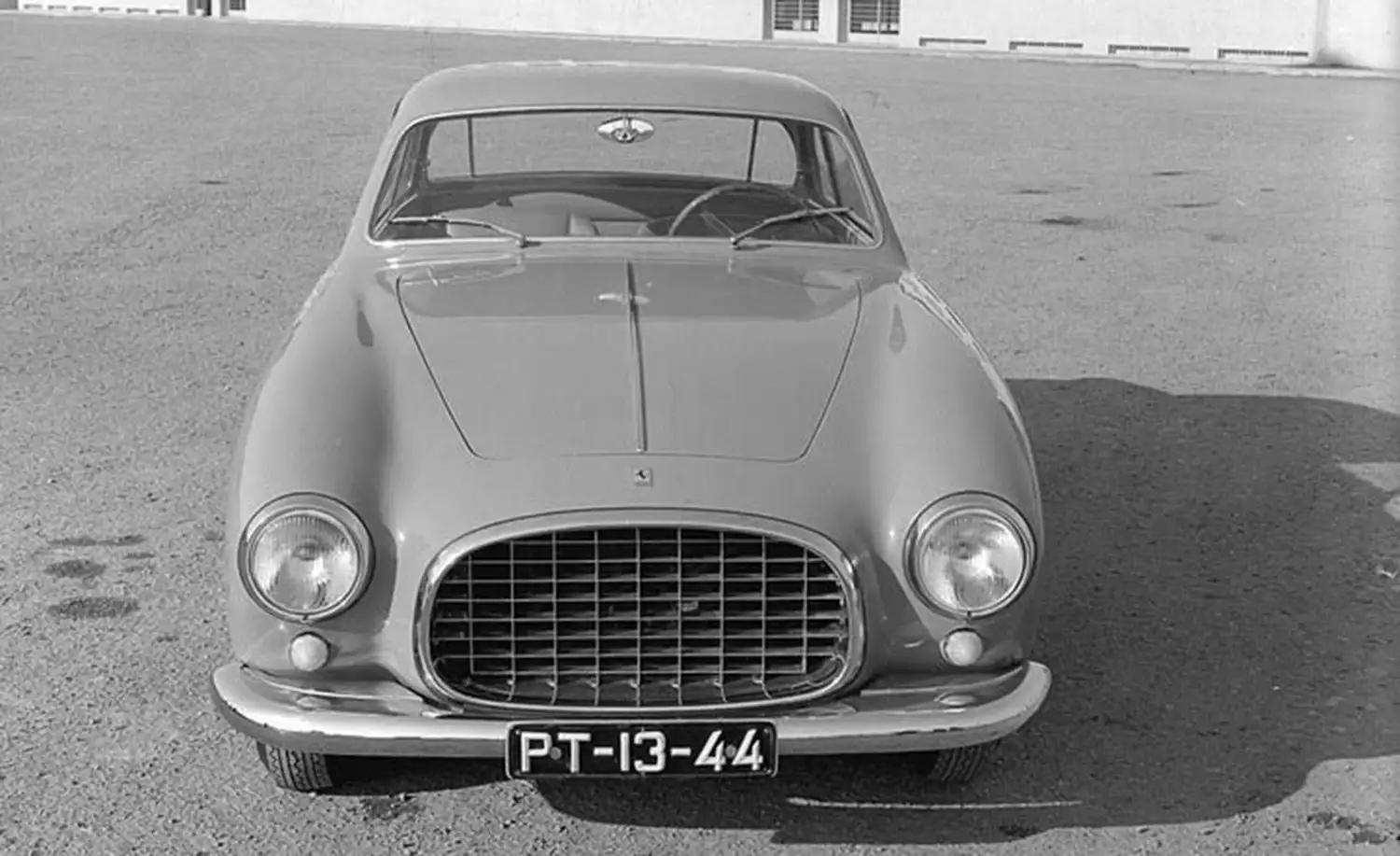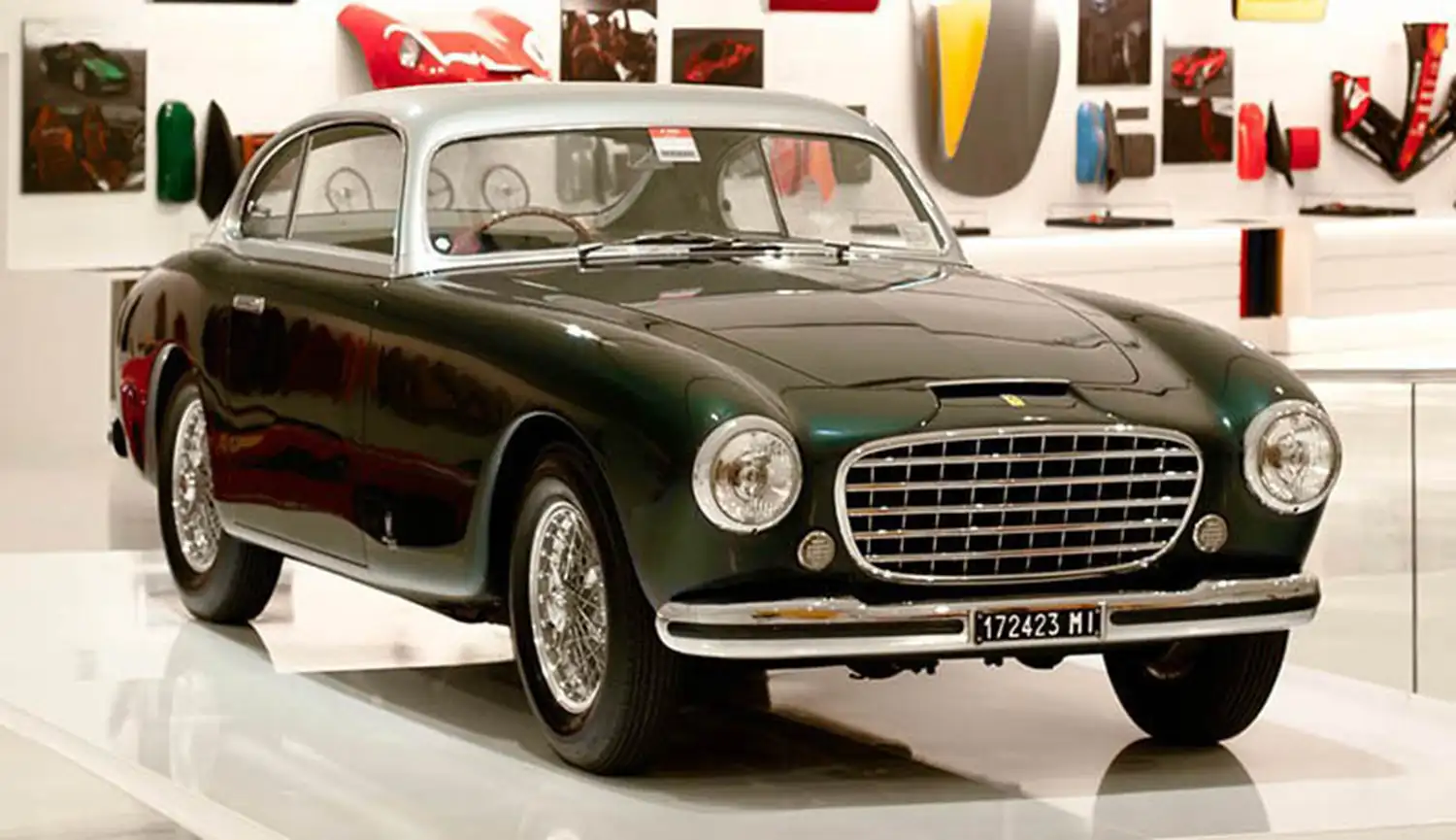
The Ferrari 212 Inter is a landmark model in the illustrious history of Ferrari, embodying a perfect balance between road and racing performance. Produced between late 1950 and 1953, the 212 Inter was the road-going variant of Ferrari’s 212 series, with the “Export” model tailored for competition. This era of Ferrari design marked a significant shift in engineering and aesthetics, with the 212 Inter showcasing Ferrari’s growing reputation for crafting high-performance vehicles with impeccable styling.
The Chassis: Precision Meets Innovation
The Ferrari 212 Inter’s chassis was directly inspired by the earlier 166 MM, but it incorporated key modifications to handle the increased power from the V12 engine. Initially, the chassis was robust but evolved into a tubular construction known as the “Tuboscocca,” which provided superior structural rigidity—critical for handling the power and performance this car delivered.
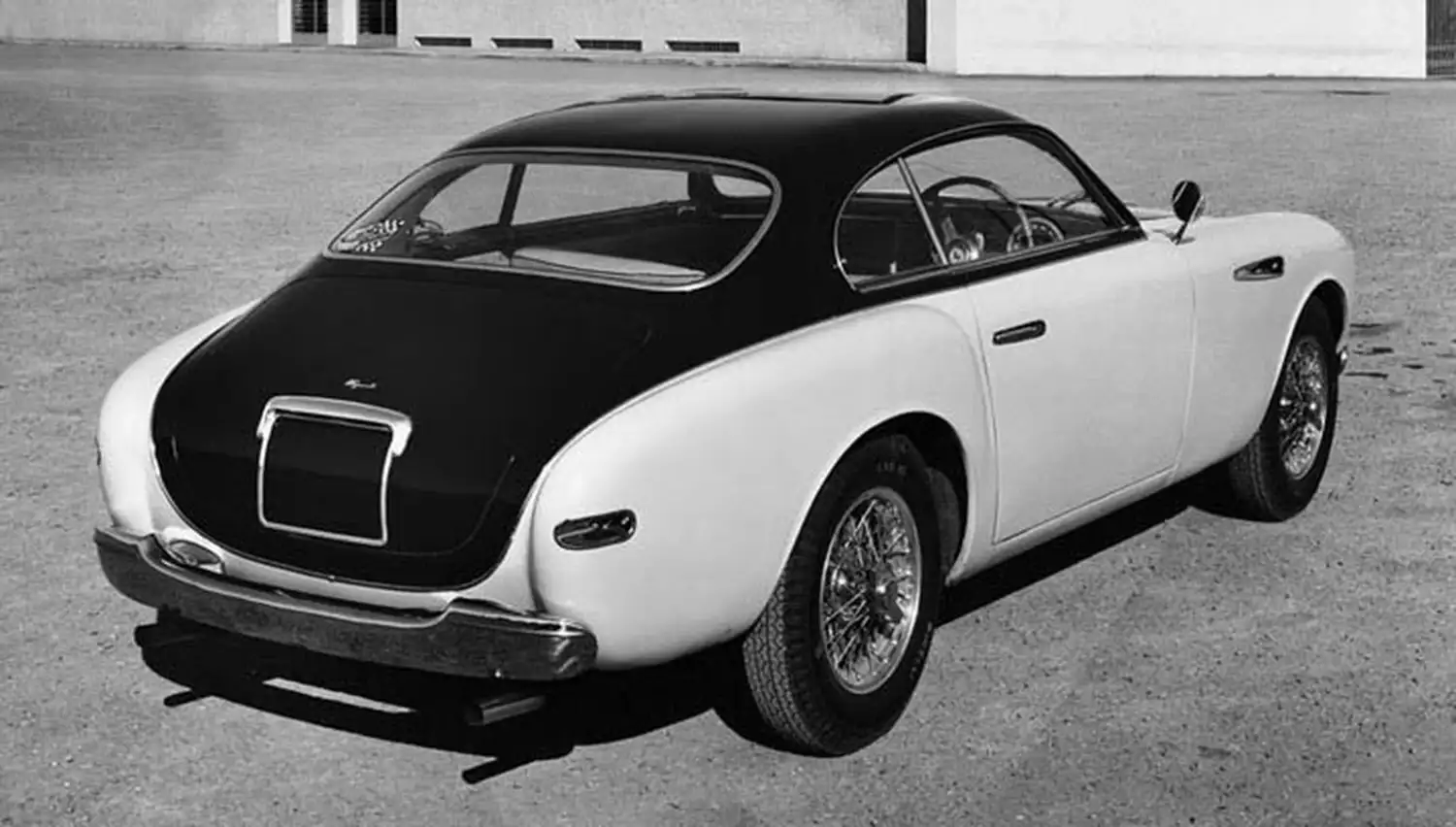
Several notable coachbuilders contributed to the bodywork of the 212 Inter. Vignale and Touring produced some of the most iconic designs for this model, interpreting the chassis in unique ways. Other coachbuilders such as Rocco Motto, Fontana, and even Pininfarina added their distinct touches, with Pininfarina laying the foundation for its long-term collaboration with Ferrari. Although many variations of body styles were created—including berlinetta, cabriolet, and coupé forms—the elegance and performance focus of the design remained constant.
The Engine: Colombo V12 Powerhouse
Under the hood, the 212 Inter featured a refined version of Ferrari’s iconic 60˚ V12 engine, designed by Gioacchino Colombo. With a displacement of 2562 cc, this engine delivered an impressive 150 horsepower at 6500 rpm, thanks to the adoption of triple twin-choke carburettors for the competition variants, while the road versions were equipped with a single carburettor with the option to upgrade to three.
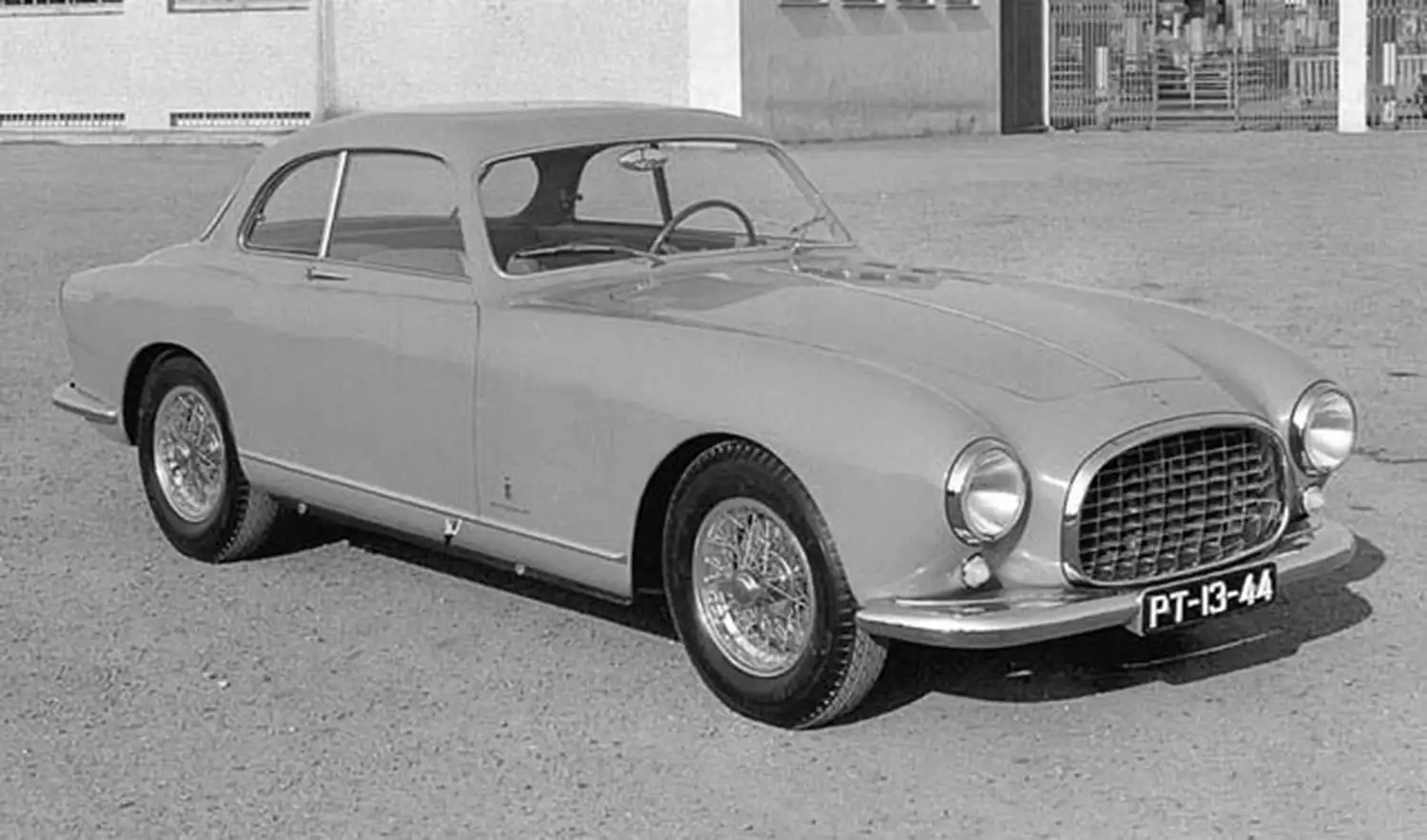
This engine was a direct evolution of the earlier 166 and 195 models, but with a larger bore and stroke, increasing the power output significantly. Despite this increase in power, Ferrari maintained the car’s balance, ensuring the 212 Inter could excel on both road and track.
Design and Performance
The Ferrari 212 Inter offered various body styles, and no two cars were exactly alike. Coachbuilders such as Ghia, Pininfarina, Touring, and Vignale crafted bespoke designs, giving each 212 Inter its own personality. Notably, the Pininfarina designs, while more conservative than those of Vignale, marked the beginning of Ferrari’s long association with the coachbuilder, creating a more unified and recognizable Ferrari identity.
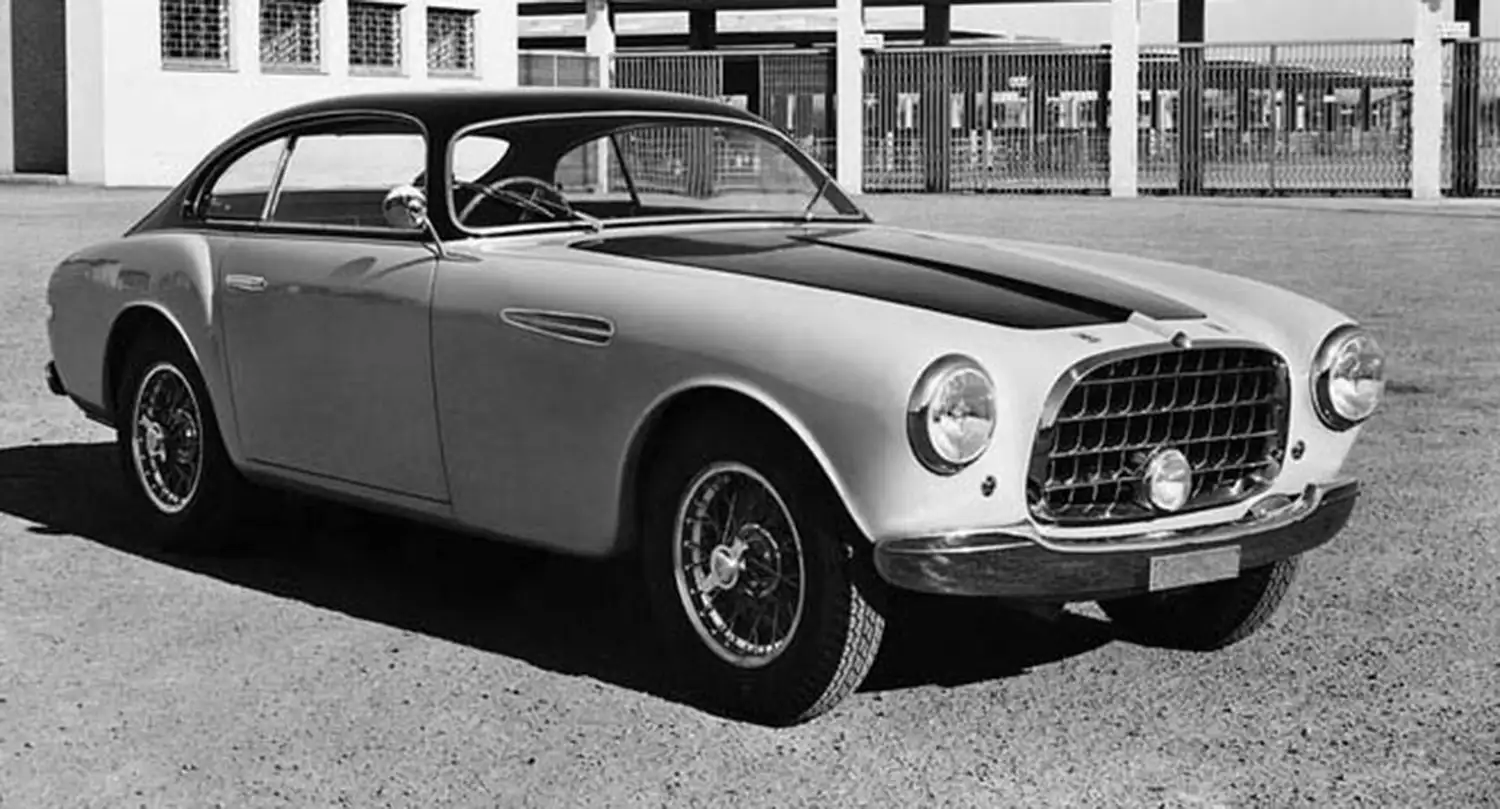
While initially produced with right-hand drive steering, reflecting Ferrari’s racing roots, by mid-1952, the 212 Inter switched to left-hand drive as standard. This change catered to international markets, enhancing the car’s appeal to a broader audience.
The car’s suspension system, derived from earlier models, included independent front suspension with unequal-length wishbones, transverse leaf springs, and hydraulic shock absorbers, while the rear featured a live axle with semi-elliptic springs. Combined with drum brakes and a 5-speed gearbox, the 212 Inter delivered exceptional handling and performance for its time.
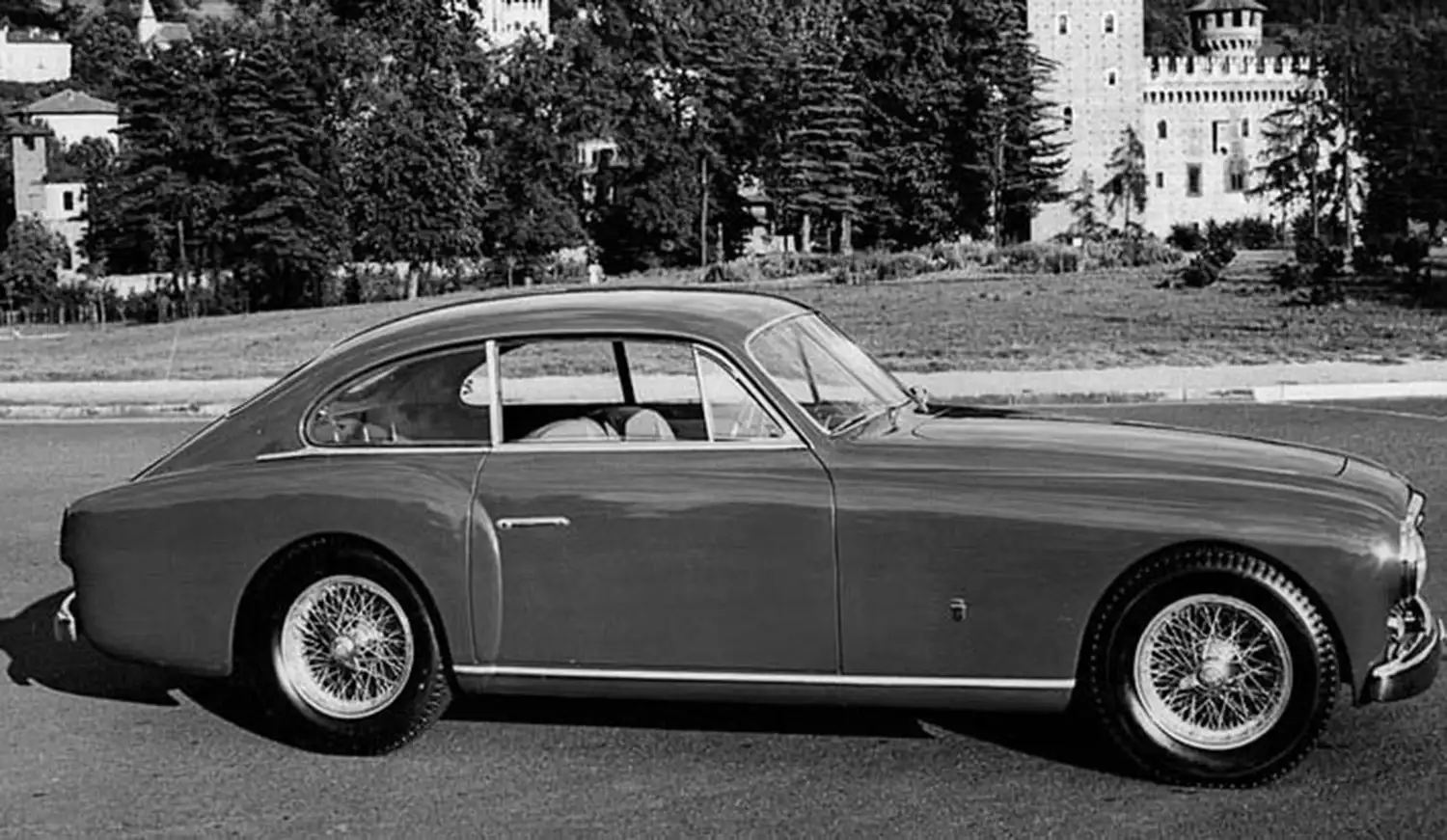
A Blend of Tradition and Innovation
The Ferrari 212 Inter was a true pioneer, setting the stage for future Ferrari road cars. Weighing around 1,000 kg and featuring a tubular steel frame, the car was both light and nimble, perfectly suited to the V12 engine’s power. Its versatility, with the option for either a coupé, cabriolet, or 2+2 body style, also demonstrated Ferrari’s ambition to cater to both luxury and performance enthusiasts.
With a 2600 mm wheelbase and a fuel capacity of 105 liters, the 212 Inter was practical for long-distance driving, further enhancing its appeal as a grand touring car. The car’s advanced aerodynamics and innovative chassis design provided excellent stability and control, even at high speeds.
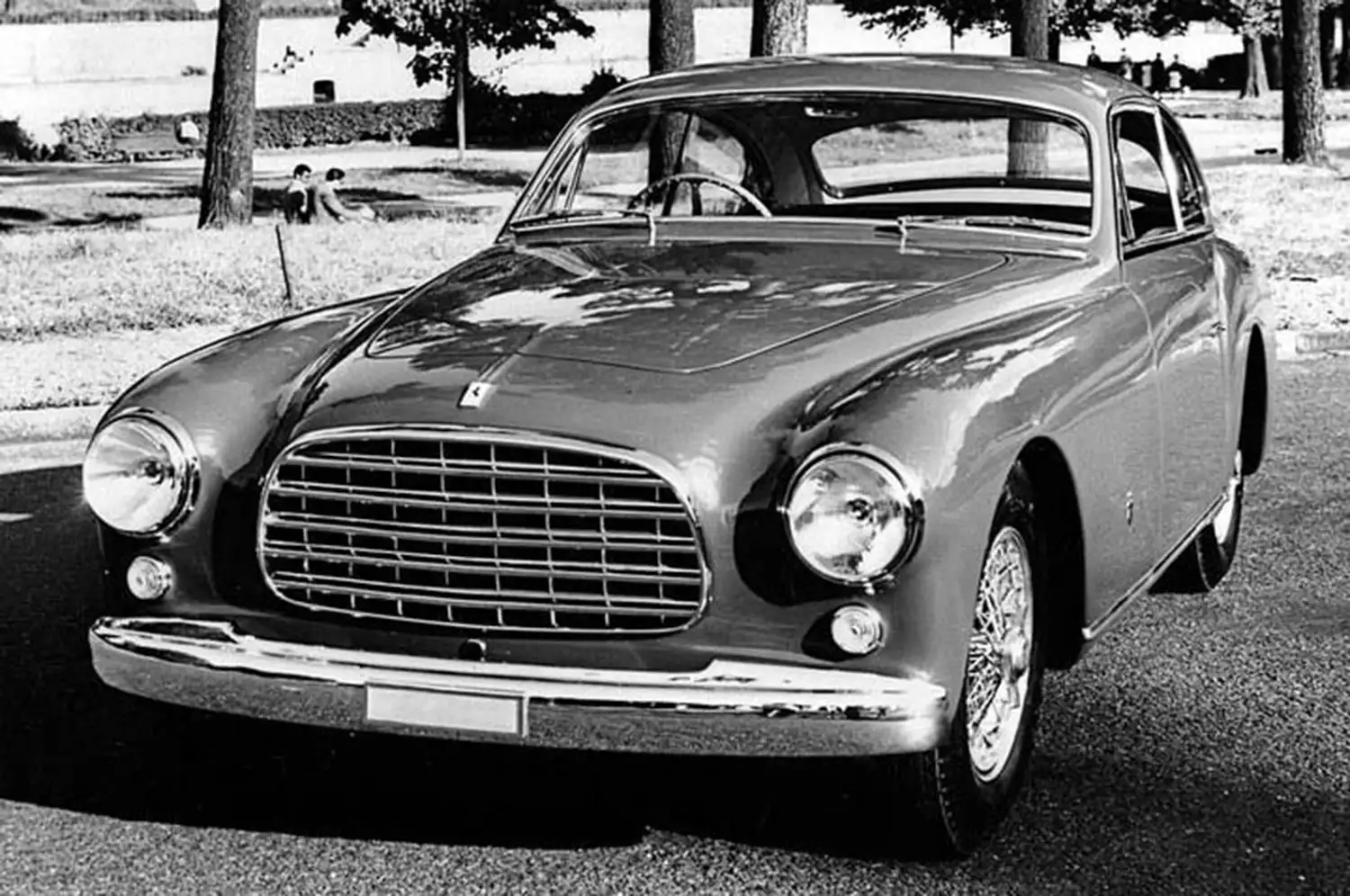
The Legacy of the Ferrari 212 Inter
The Ferrari 212 Inter remains one of the most iconic models of Ferrari’s early years, serving as a bridge between Ferrari’s early racing machines and its evolution into a world-class manufacturer of luxury sports cars. Its collaboration with legendary coachbuilders, powerful Colombo V12 engine, and innovative chassis design ensured its place in automotive history.
Whether as a coupé or cabriolet, the 212 Inter stands as a testament to Ferrari’s commitment to excellence in both performance and design. It remains a cherished collector’s item and a symbol of the brand’s legacy, offering a glimpse into the origins of Ferrari’s storied road car production.
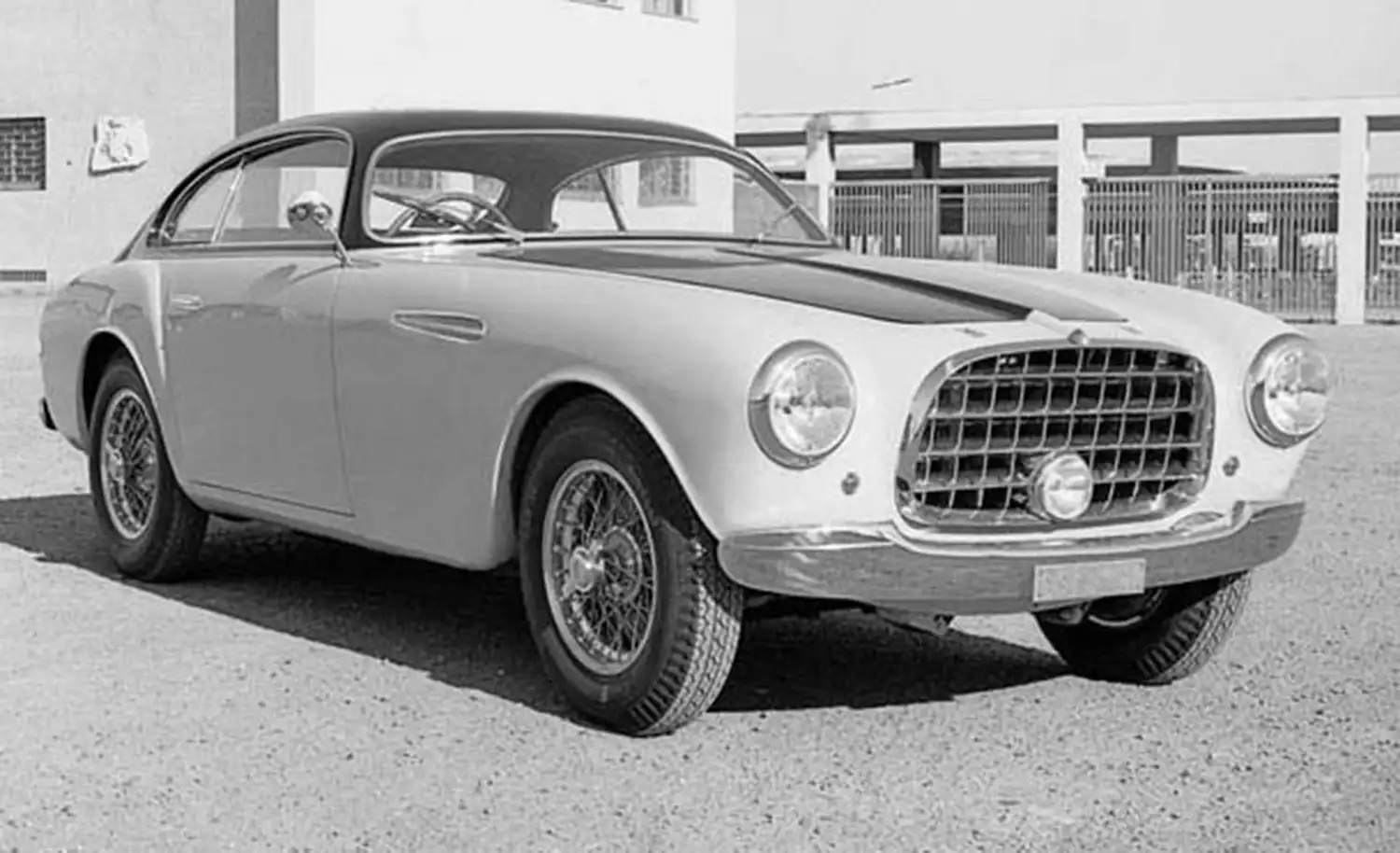
This rephrased article focuses on the history, design, and technical specifications of the Ferrari 212 Inter, highlighting its significance in Ferrari’s development as a manufacturer of luxury sports cars.
Source: Ferrari
